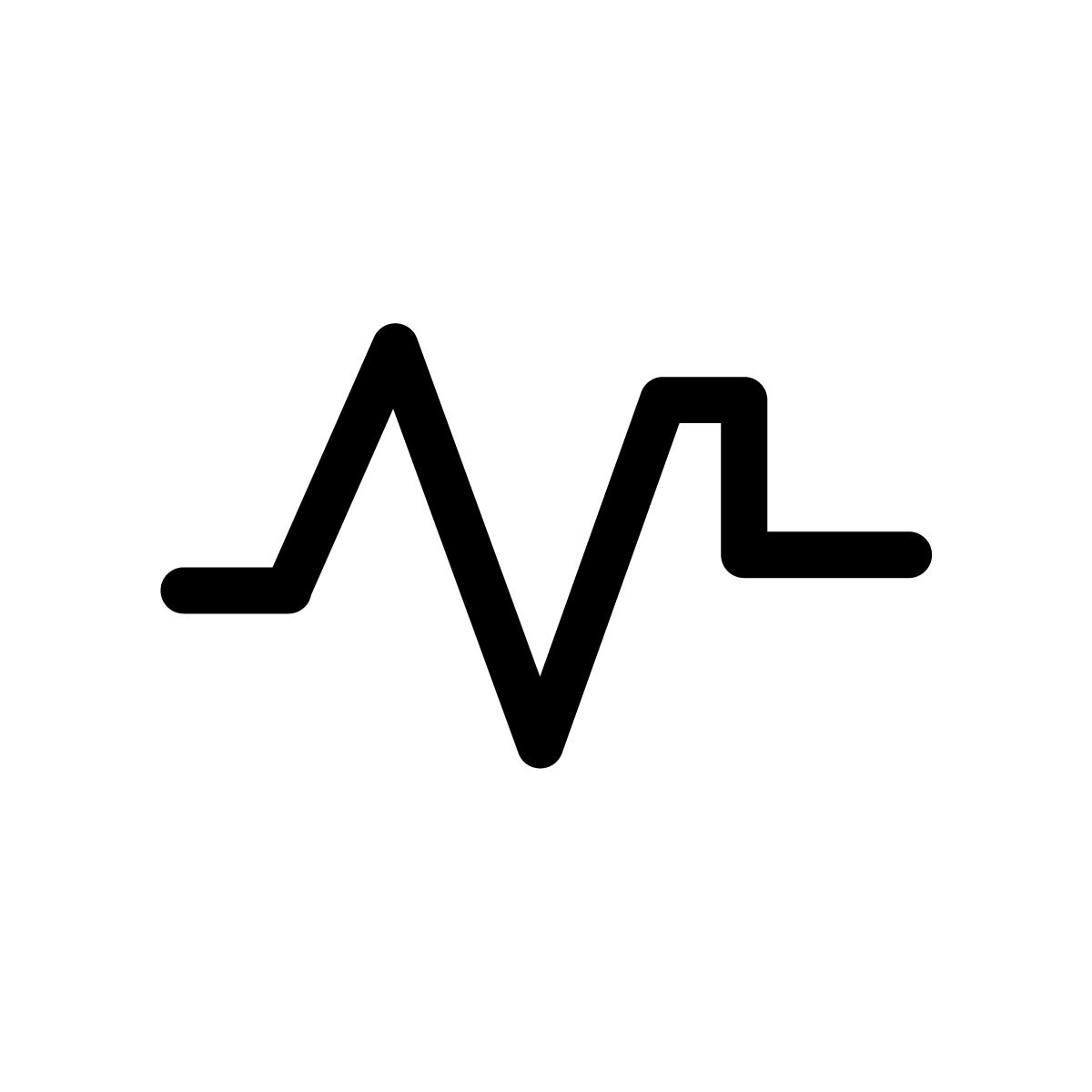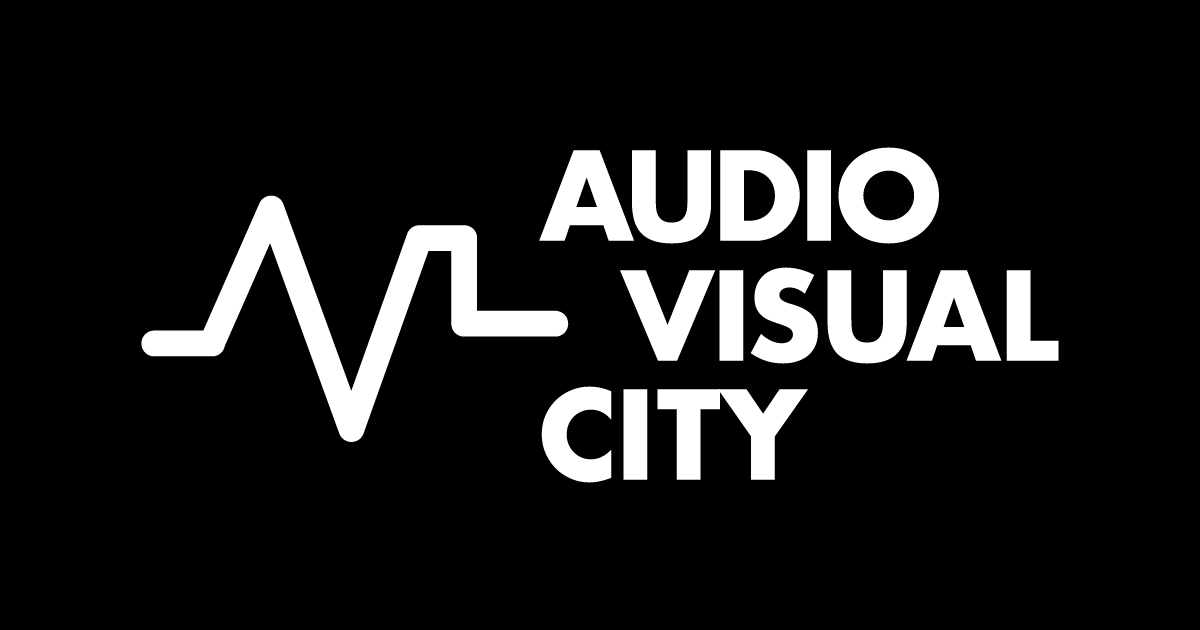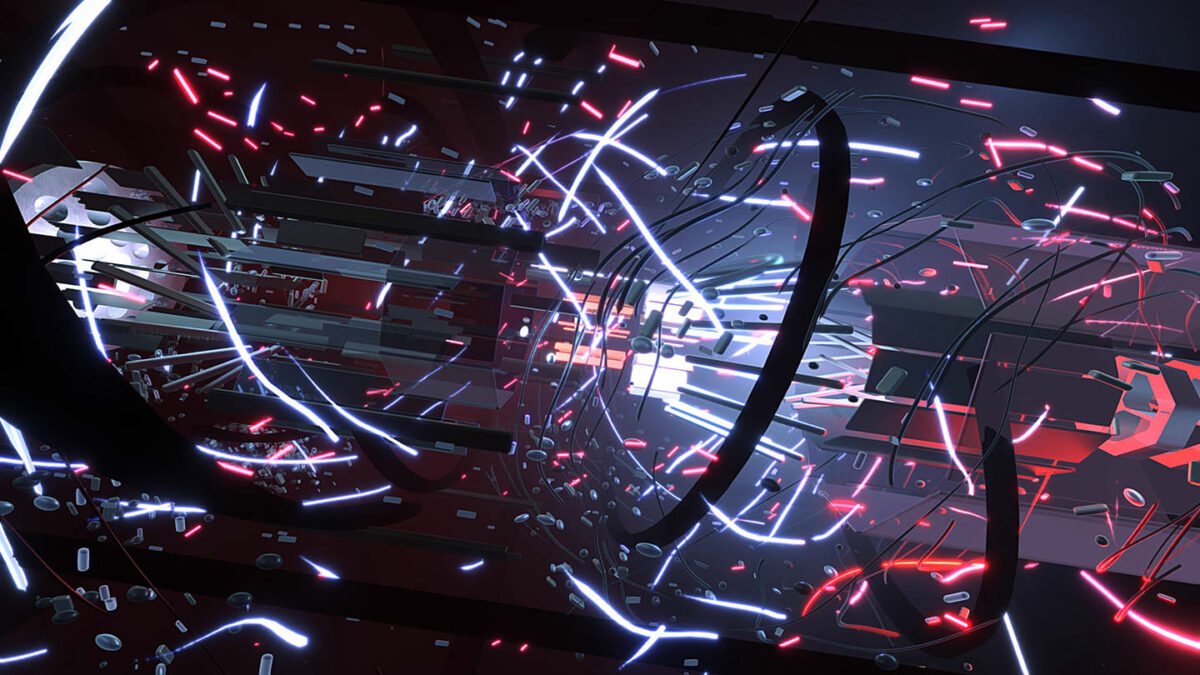We are thrilled to finally release our interview to Ilias Chatzichristodoulou, director of ADAF: Athens Digital Arts Festival!
The organizers decided to go virtual this year as a bold response to the Covid crisis.
The festival took place online, entirely free for everyone over a time span of two months. It featured an impressive array of 700 artists from over 100 countries.
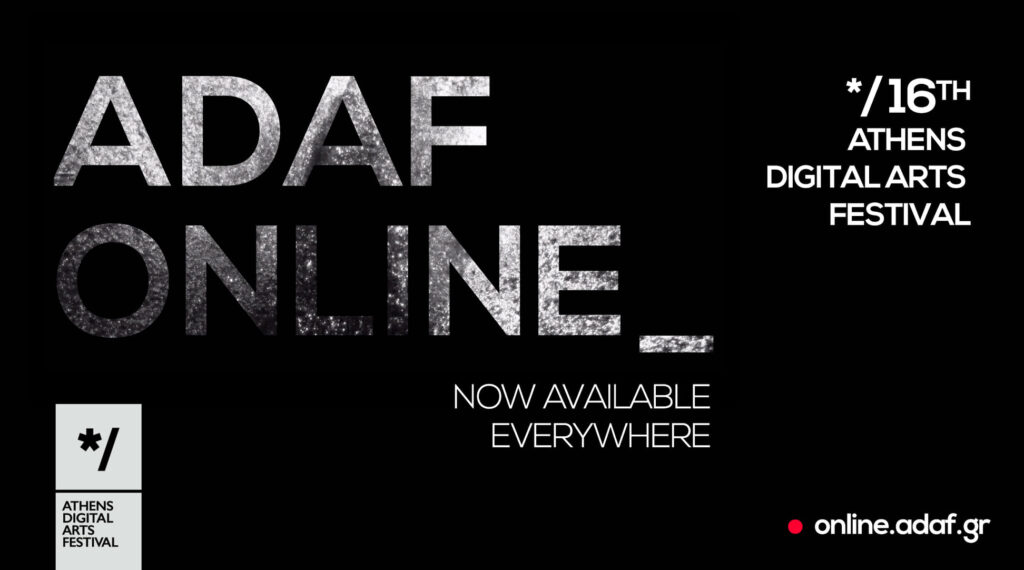
1. The Athens Digital Arts Festival was founded back in 2005. It is the main reference for digital arts and audiovisual culture in Greece. Can you tell us about the concepts and goals that drove you to the inception of the festival?
I was once myself a Video Art creator. I was sending my artwork in several Festivals in Greece, but I was getting no response. Soon I started applying in International Festivals, and they actually admired my work. Due to this situation, I started thinking why there’s not a Video Art scene in Greece.
So I decided to create the Athens Video Art Festival of Greece in 2005 in order to introduce Video Art to the Greek audience and give the opportunity to Video Artists to show their work!
As the years went by and the technology was getting more and more inside our everyday lives and in the art field, the ADAF team decided to open up to new categories and become more “Digital”.
This is how the festival’s name changed in “Athens Digital Arts Festival”.
2. Every year ADAF runs an international open call gathering more than 5000 proposals. The range of projects is incredibly wide.
Can you please share with us the creative process behind the selection of the artworks and the relative categories within the new media arts?
Well the festival has started as a video art platform and over the years evolved in adding more categories with VR and Games the most recent additions.
At the moment we are hosting 11 categories that range from Video Art Animation, Installations, Webart, Digital Image, Games, Kids, Virtual Reality, Workshops, Talks, AV Performances. The process is very difficult and requires a lot of time and effort on our behalf.
We announce every year the theme with an open call and we collect applications for a period of approx 2-3 months.
We have a very active team of curators who review each category very carefully and work together cross disciplinary in order to choose the best pieces that fit the theme while maintain exhibition coherency and after a while we have our first shortlists.
Then a period af artist communications begins where we need to find out about feasibility of projects, because except from ready projects we also receive and welcome ideas about project to be created.
Many of the pre existing artworks need to adapt to our spatial specifications so there is another cycle of exploration there for installations and performance and in many cases digital image or webart.
Each category really has it own management to be made in order to conclude to the perfect program for every year. Thank our skilled curatorial team and their very strong chemistry that they work alongside for the very neat outcome we achieve every year.
3. This year theme “Technotribalism” reflects upon our primitive status as human beings in front of the Almighty data-flux. At the dawn of the hyper-informational era we are witnessing.
In your opinion, what is the role of new media art and art events in this pre-dystopic scenario?
I do not think that this year edition is posing the future scenario as dystopic hence I do not agree with the pre dystopian term.
In my opinion, although the Covid situation emerged and tinted as dystopian our manifest, Technotribalism is more about utopia rather than dystopia.
Going event further is about the way we can collaborate with each other, and use our prior knowledge on system building to escape a possible dystopia.
Don’t get me wrong. I’m aware of the possible hazards in the future outcome. After all our previous edition was about Singularity that supported a lot of ambiguity on the subject.
Nevertheless our initial interpretation here is that we are the raw material in this civilization phase shift.
If we realise that, then we can all together set the right foundation for a bright future where data, or the data flux, is a valuable variable working as a tool rather than an oppressor.
New media art in this circumstance is essential. Is one of the mediums through which we can see the shift. It is a pioneering art form that reflects a big part of our current culture as humankind, the technological evolution.
By interpreting it, giving new use or essence is the best medium to use as a wakeup call for humans that are absorbed in their everyday cycle.
The out of the box way of use of technology, the marvels created by the collaboration between artists and scientists and the vulgarization (in a good way) of technological and scientific achievements.
All of this brings cutting edge evolution closer to the everyday person who can think and debunk theories on technology without the necessary scientific background.
That does not only help the average person to familiarize with technology and science. It also broadens their horizon and perception about the new cosmos technology science and data open to humanity.
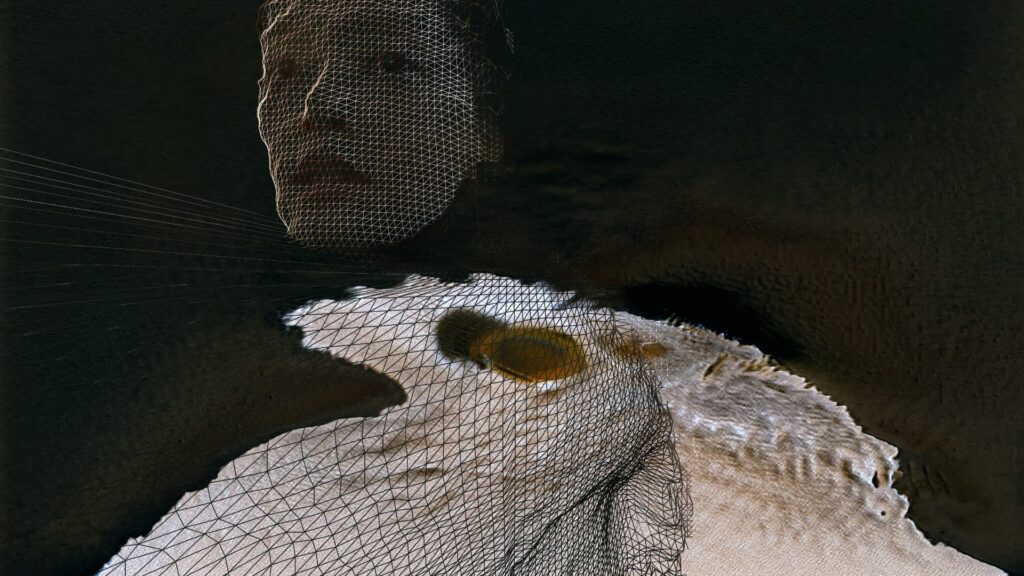
4. As other audiovisual events, ADAF took the decision to go online in response to the Covid19 crisis. In your festival statement you announce that “… ADAF, always seeking physical contact with the public, has found the way to connect with safety the physical and the digital space, with the aid of cutting edge technology.”
Can you give some insights about the “phygital” experience your are offering in this year edition?
Due to the Covid19 circumstances we decided to make ADAF ONLINE, in order to give the opportunity to the audience to experience ADAF 2020, from the safety of their space.
We tried to make the ONLINE edition as interactive as possible, by hosting Workshops, Talks, Games in which the audience was participating.
Soon, we will host many physical events in the city of Athens, in the context of ADAF 2020, always considering the circumstances of our era.
Thankfully, the new technologies help us implement these ideas. Unfortunately I cannot give you yet more information about this project as it is still under process.
5. This year the festival reaches its 16 th edition. How do you see ADAF in the next 10 years?
It has been a very interesting and exciting journey all these years. ADAF has the tendency to adjust in the circumstances of the era, always following the new technologies.
At the same time, ADAF doesn’t forget it’s history and all the people who helped the festival grow!
In ten years, as I understand the evolution of technology, we will do our best to promote art through technology, and make it even more interactive. VR has already made a revolution in the artistic field.
Soon new technologies will be introduced and we’re willing to get more and more creative with them and help artists explore their possibilities through art!
Αt the same time we want to maintain the classic line of the festival and continue to promote artists who still follow simple, tangible artistic methods.
